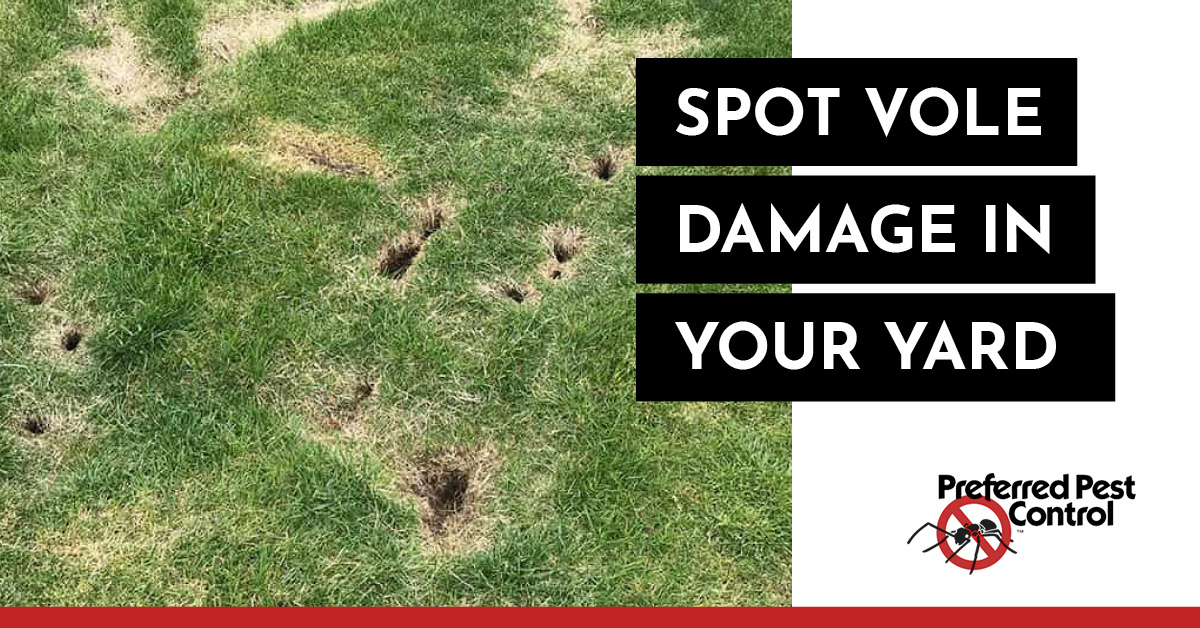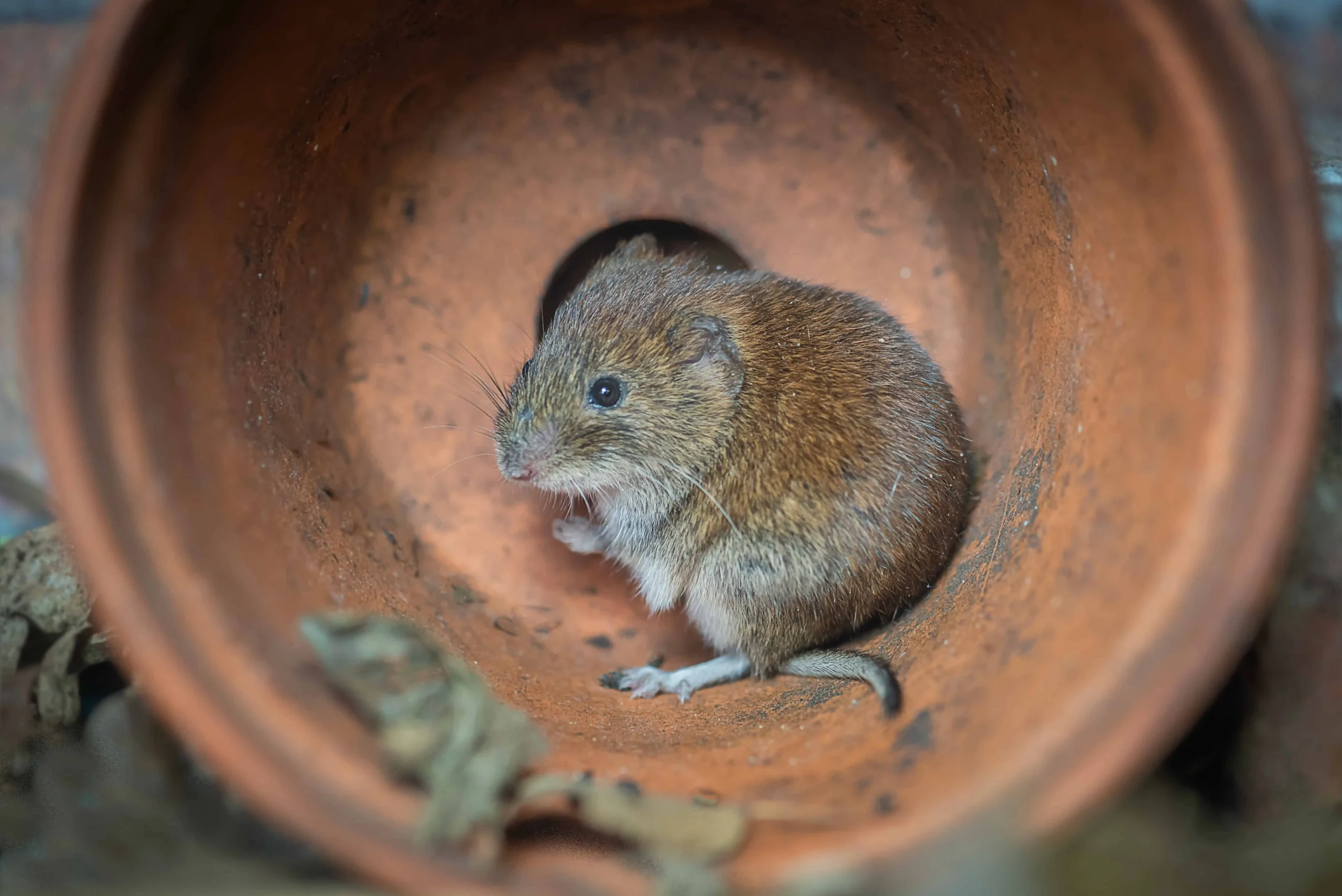Comprehensive Guide to Reliable Vole Insect Control: Problem Recognition and Treatment Approaches
In the world of effective insect control, vole problems pose a special challenge that demands a calculated strategy. By exploring the subtleties of vole habits, understanding essential indications of problem, and evaluating a variety of control choices, one can create a comprehensive technique to fight these evasive bugs.
Recognizing Vole Behavior
Vole habits is defined by their tunneling habits and rapid recreation prices, making them a difficult bug to regulate effectively. These little rats typically create intricate tunnel systems underground, using them for shelter, food storage space, and transport. Voles are herbivores, eating a selection of plants, roots, turfs, and bulbs, which can cause considerable damage to yards, orchards, and yards. Their quick reproductive price further complicates control initiatives, with ladies qualified of producing numerous litters in a single year, each having several offspring.
Comprehending vole actions is important for reliable pest control methods. By identifying their burrow places, checking feeding areas, and carrying out targeted control approaches, such as trapping or habitat alteration, vole invasions can be taken care of effectively.
Indicators of Vole Infestation

Prevention Approaches
Implementing effective avoidance approaches is critical in decreasing vole problems and securing greenery from their damaging feeding habits. To prevent vole infestations, it is essential to begin by eliminating possible food resources and sanctuary.
Regularly checking the residential property for indicators of vole task, such as paths and delve openings, is critical for very early detection and prompt activity. If vole task is suspected, think about utilizing traps or repellents purposefully placed near their paths.
Non-Lethal Control Methods
To efficiently handle vole populaces while focusing on gentle techniques, non-lethal control approaches offer functional remedies for reducing vole damage in gardens and landscapes. One efficient technique is using physical barriers such as equipment fabric or cord mesh to shield at risk plants. These obstacles can be buried at least 12 inches deep and bent at a 90-degree angle to avoid voles from tunneling beneath. Additionally, habitat alteration can deter voles by reducing their liked food sources and concealing places. Keeping a well-mowed lawn, eliminating debris, and maintaining plant life cut can make the setting much less appealing to voles.

Lethal Control Options
One reliable method for resolving vole infestations in landscapes and yards includes the strategic use dangerous control choices. When encountered with a severe vole invasion that non-lethal approaches have stopped working to have, carrying out lethal control procedures becomes crucial. One generally employed dangerous control option is using breeze traps. These catches are made to swiftly and humanely kill voles upon activation, making them a popular option for lots of garden enthusiasts and landscapers. To boost the effectiveness of breeze traps, it is this page suggested to position them in locations where vole activity is high, such as along paths or near burrow entryways. Another deadly control alternative is the utilization of hazardous baits specifically formulated to target voles. These lures contain poison that is ingested by the voles, resulting in their eventual demise. Care has to be exercised when using poisonous baits to stop damage to non-target animals or animals. Generally, when utilizing lethal control options, it is vital to do so properly and according to local regulations to properly take care of vole invasions.
Conclusion
Finally, effective vole parasite control needs a comprehensive understanding of vole actions, identification of indicators of invasion, implementation of avoidance techniques, and application of both lethal and non-lethal control approaches. By integrating these strategies, my site individuals can effectively take care of vole populaces and safeguard their building from damage. It is crucial to address vole invasions without delay to avoid additional concerns and reduce the influence on the surrounding setting.
Given the elaborate passage systems and quick recreation rates characteristic of voles, identifying the indicators of vole problem ends up being important in efficient pest control. One of the primary signs of vole visibility is the visibility of surface area runways or trails in turf or snow, normally concerning 1-2 inches wide, created as voles travel between their burrows and food resources.To successfully take care of vole populaces while focusing on gentle approaches, non-lethal control techniques use practical options for lowering vole damage in landscapes and gardens.One efficient approach for dealing with vole invasions in yards and landscapes entails the strategic use of lethal control alternatives. vole lawn damage.In final thought, efficient vole parasite control calls for an extensive understanding of vole actions, identification of indications of invasion, application of avoidance go to my site approaches, and utilization of both non-lethal and deadly control methods